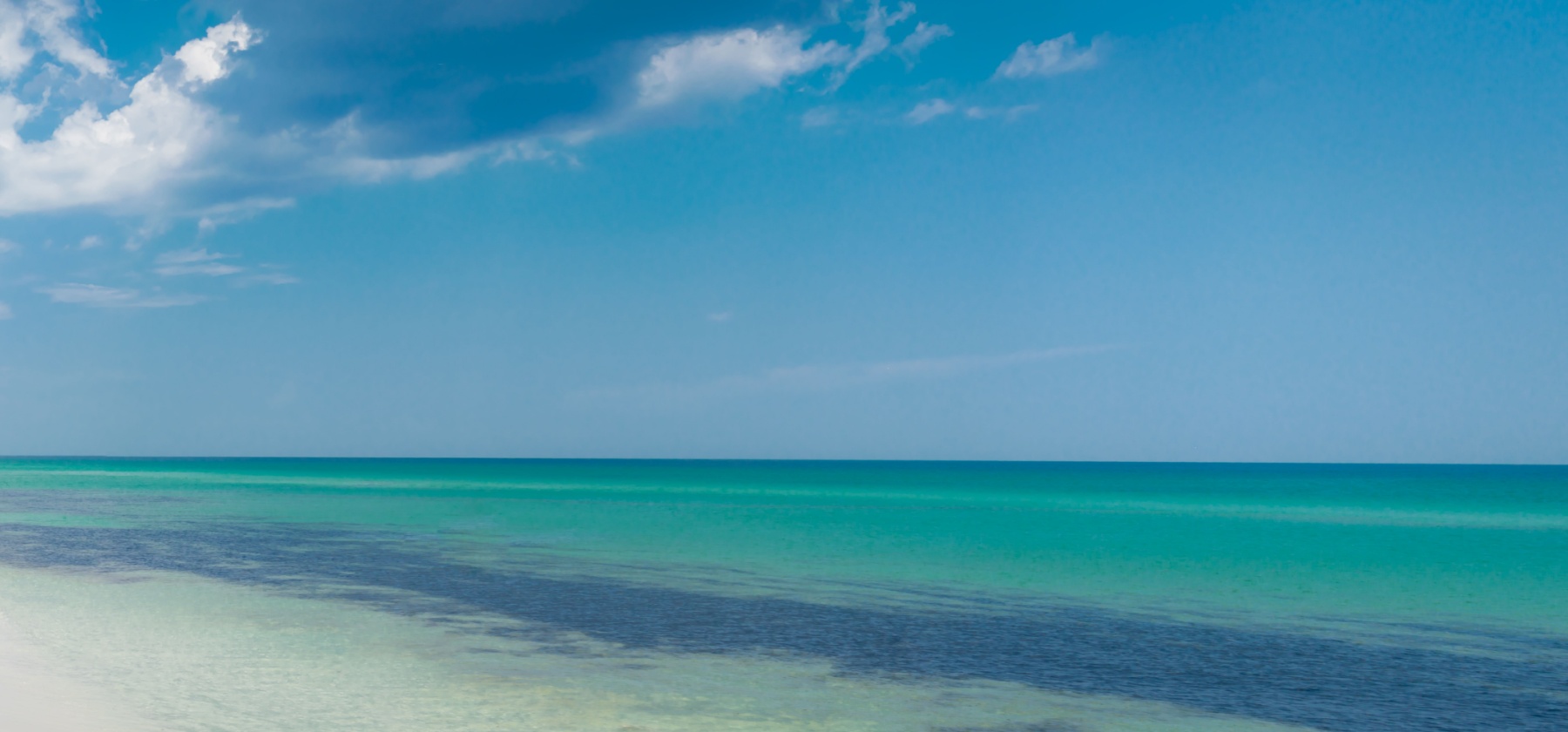Pensacola Beach and Navarre Beach are two beautiful stretches of sand along Florida's Gulf Coast — everyone knows that. But here's something that might surprise you: both are packed with history as rich as their sugary white shores.
It doesn't matter if you're visiting for the peaceful vibe of Navarre or the lively energy of Pensacola Beach, knowing the history behind these places adds an extra layer to your sunbathing, seafood-eating, and wave-watching.
In this blog, we'll take a trip through time, from Native American tribes to modern-day vacationers, exploring the stories of these two incredible beach towns.
Before We Start: Welcome to Gulf Coast Getaways
At Gulf Coast Getaways, we know what makes a vacation memorable, especially when it comes to creating that perfect home-away-from-home experience. From quiet beachfront retreats to active getaways, we've got you covered with vacation rentals of the highest standard.
Ready to dive into local history?

Early History: The Very Beginnings
Pre-1559: Native American Tribes Thrive
Long before Europeans set eyes on the Gulf Coast, Native American tribes called this area home. The Pensacola people, for whom the beach is named, thrived for thousands of years, living off the Gulf's waters, farming the land, and building coastal villages. Life was peaceful and harmonious — until the arrival of European settlers.
1559: The Spanish Make Their Move
In 1559, Spanish explorer Don Tristán de Luna arrived in Pensacola, hoping to establish the first European settlement in what is now the United States. Unfortunately for the settlers, Mother Nature had other plans. After just two years, hurricanes and other hardships forced them to abandon the mission. Still, Pensacola Beach holds the title of one of the first European settlement sites in the U.S., predating both St. Augustine and Jamestown.
The Colonial Period: A Tug of War for Control
1698: Spain Returns — For Good This Time (Kind of)
Spain returned in 1698 to establish a permanent settlement, this time with a military stronghold to protect their interests from the French, who were busy staking claims in Louisiana.
18th Century: France and Britain Want In
Pensacola soon became the site of a European tug of war. In 1719, the French briefly captured the city, only to have the Spanish retake it three years later. Then, in 1763, the British decided it was their turn, claiming Pensacola as the capital of British West Florida. Unsurprisingly, Spain reclaimed the city eight years later. History, right?
1821: The United States Enters the Scene
In 1821, Spain finally ceded Florida — including Pensacola — to the United States for $5 million. From then on, Pensacola was firmly under American control. English became the dominant language, but Spanish influence remained visible in the city's architecture and culture.
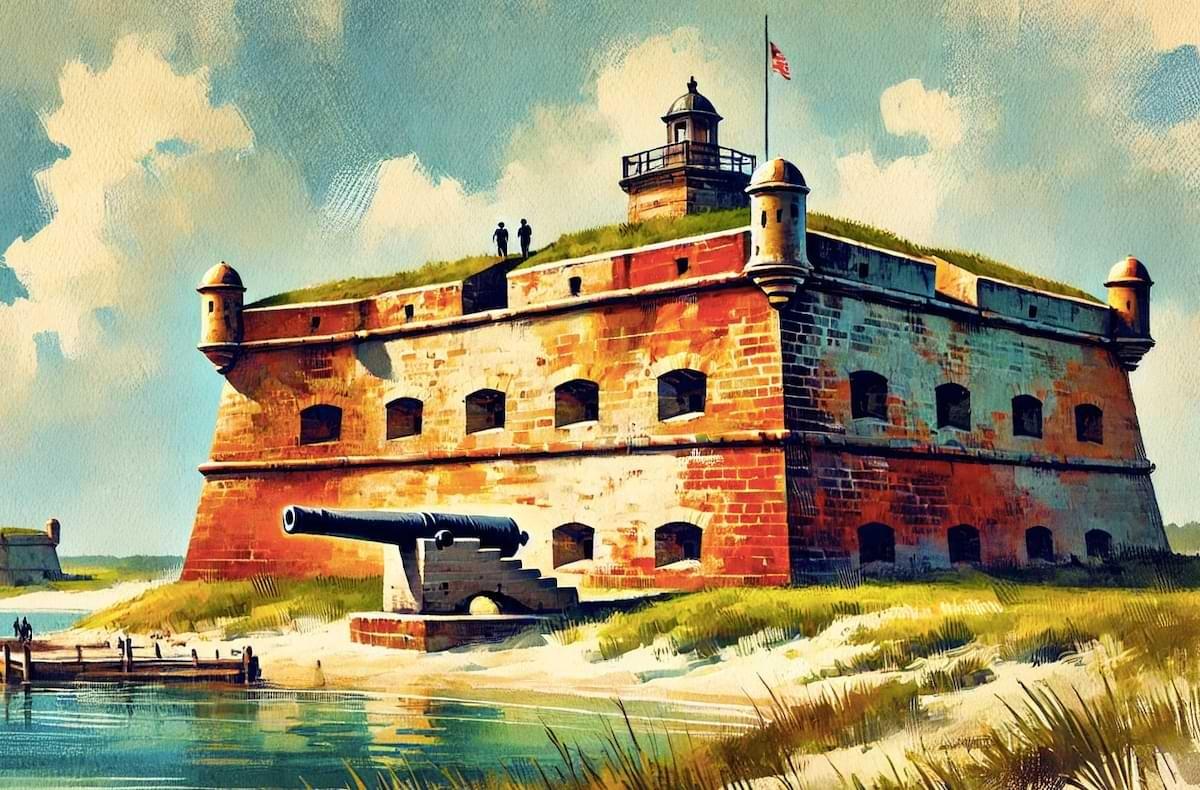
19th Century: Forts, Wars, and Development
1834: Fort Pickens and Military Might
Pensacola Beach's strategic location made it critical for military defense. In 1834, Fort Pickens was built to protect the coastline. The fort played a major role in the Civil War, serving as a Union stronghold in Confederate Florida. Today, visitors can explore the historic fort and appreciate its significance.
1850s: Navarre Beach Starts Making an Appearance
While Pensacola Beach was making headlines, Navarre Beach remained a quiet, untouched stretch of land. The name "Navarre" appeared on maps around the 1850s, but it took a while before this peaceful beach destination began to develop.
Early 20th Century: Pensacola Beach Takes Off, Navarre Lays Low
1925: Colonel Guy Wyman Puts Navarre on the Map
Navarre Beach owes much of its early development to Colonel Guy Wyman, who platted the town in 1925, naming it after a province in Spain. Unfortunately, the Great Depression delayed his plans, and Navarre's development slowed to a crawl.
1930s: Pensacola Beach Welcomes Visitors
Pensacola Beach, on the other hand, was entering its tourist era. The Casino Resort, built in the 1930s, transformed the area into a vacation hotspot. Visitors flocked to its white-sand beaches and sunny shores.
1931: The Bridges are Built
The game-changer for Pensacola Beach came in 1931 when bridges connected it to the mainland, making the beach accessible by car for the first time. Pensacola Beach was now primed for tourism, and it never looked back.
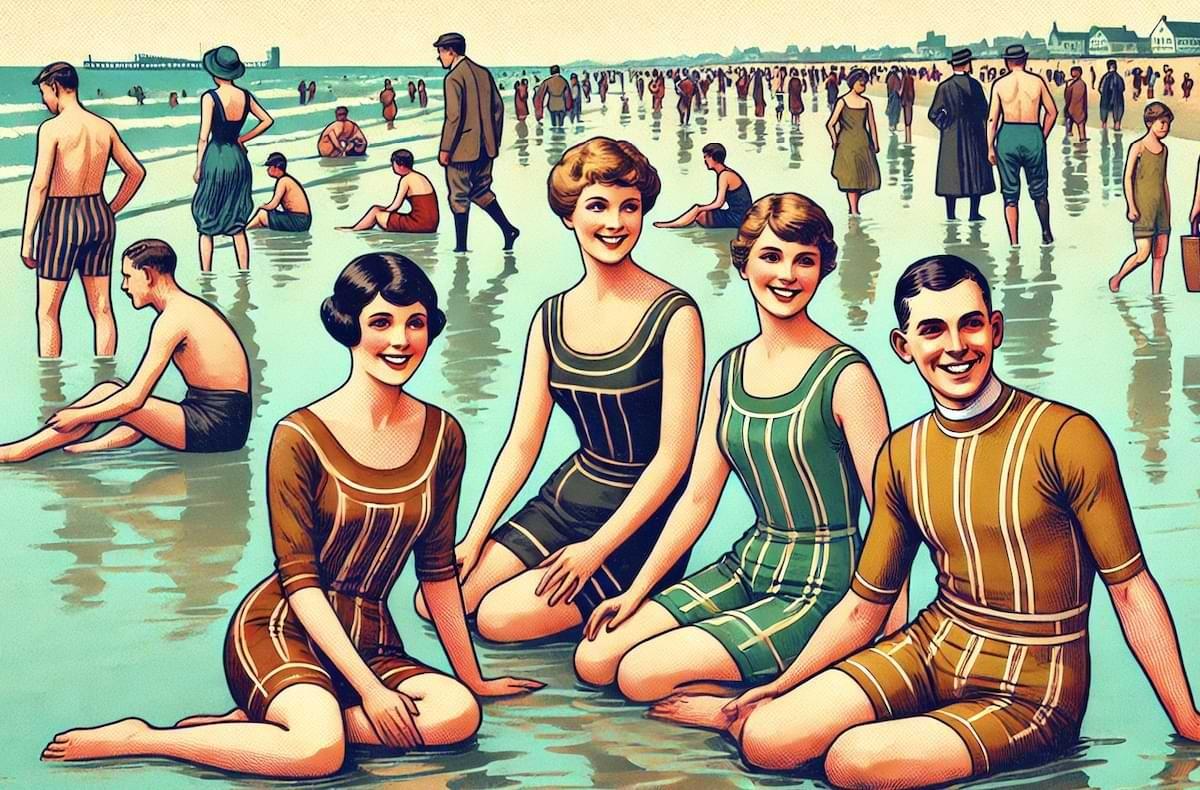
Mid-20th Century: A Boom in Both Beach Towns
1940s-1950s: Pensacola Beach Booms After WWII
After World War II, Pensacola Beach truly took off. Bridges made access easier, and post-war prosperity brought more families looking for vacation spots. Hotels, beach homes, and attractions popped up, and the beach became a bustling tourist destination.
1964: Navarre Beach Gets Its Own Bridge
Navarre Beach, however, maintained its slower pace. In 1964, the Santa Rosa Island Authority Bridge was built, making Navarre more accessible. Still, Navarre Beach never reached the same level of hustle and bustle as Pensacola Beach, retaining its laid-back, family-friendly vibe.
Late 20th Century to Present: Growth, Hurricanes, and Tourism
1980s-2000s: Navarre's Quiet Growth
Navarre Beach grew steadily but at a more relaxed pace than its lively neighbor, Pensacola Beach. It became a haven for families and those seeking a peaceful retreat from crowded tourist traps.
Hurricane Impact: Rebuilding and Modernization
Both Pensacola Beach and Navarre Beach were heavily impacted by hurricanes, including Hurricane Ivan in 2004 and Hurricane Opal in 1995. Despite the damage, both towns rebuilt stronger, with modern construction techniques that helped them withstand future storms.
Today: Two Unique Destinations on the Gulf Coast
Pensacola Beach: Lively and Vibrant
With its bustling boardwalk, historical landmarks like Fort Pickens, and a plethora of hotels and restaurants, Pensacola Beach is the go-to spot for action and excitement. Whether you're into water sports, nightlife, or simply people-watching, Pensacola Beach has something for everyone.
Navarre Beach: Quiet and Serene
Navarre Beach remains the quieter, more laid-back option. Ideal for families or anyone seeking peace and relaxation, Navarre offers wide-open beach spaces and a slower pace of life, perfect for soaking up the sun without the hustle.
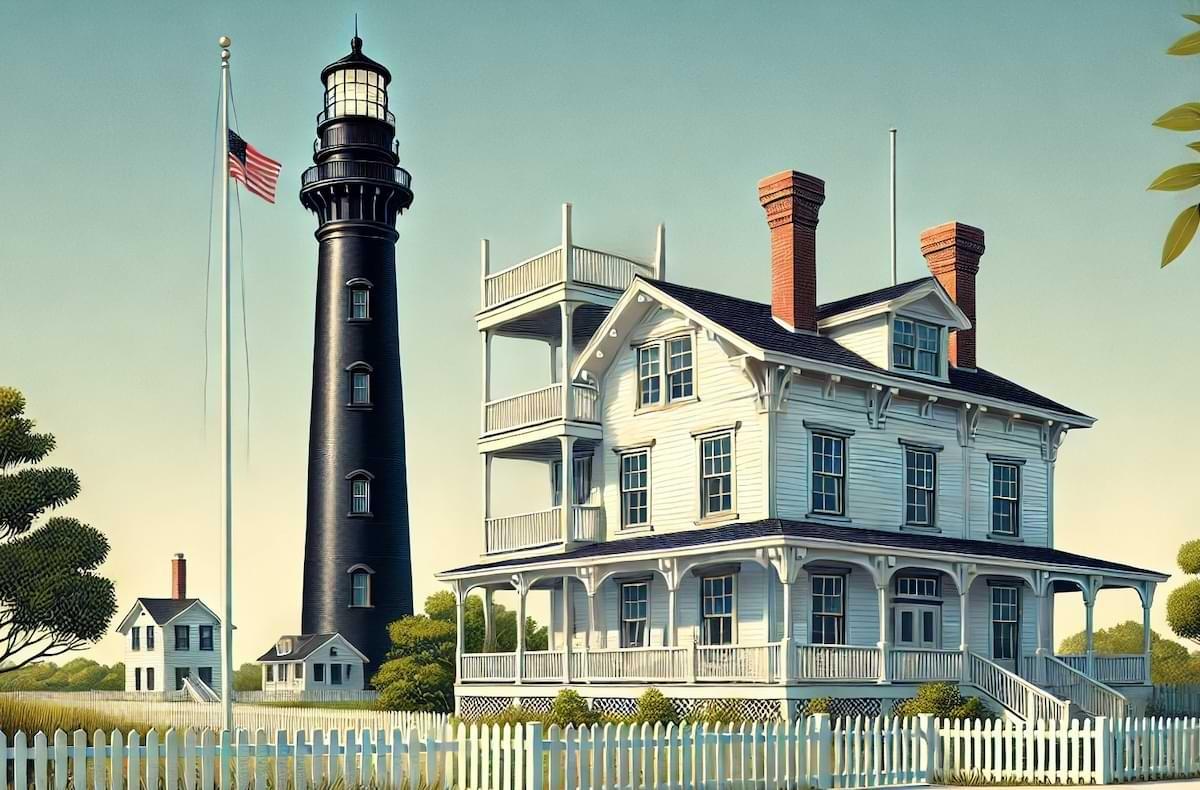
7 Must-Visit Historic Gems
For history buffs visiting Pensacola Beach and Navarre Beach, here are some must-see spots that offer a deep dive into the area's rich past.
1. Fort Pickens (Pensacola Beach)
Built in 1834, Fort Pickens was key during the Civil War and remained under Union control despite being in Confederate territory. You can explore its well-preserved bastions and tunnels, and the Gulf views from the top are spectacular!
- Why Visit: Explore a historic military fort with Civil War significance.
- Fun Fact: Apache leader Geronimo was once imprisoned here.
2. Pensacola Lighthouse & Museum (Pensacola)
First lit in 1859, this iconic lighthouse offers breathtaking views of the Gulf of Mexico and Pensacola Bay. Climb to the top for panoramic vistas and visit the museum to learn about maritime history.
- Why Visit: Enjoy both history and incredible views of the Gulf.
- Fun Fact: This lighthouse is rumored to be haunted and has been featured on ghost-hunting shows.
3. Naval Aviation Museum (Pensacola)
One of the largest aviation museums in the world, the Naval Aviation Museum features over 150 restored aircraft, including WWII-era planes. Interactive exhibits and flight simulators make this a fun and educational stop.
- Why Visit: Learn about naval aviation and see historic aircraft up close.
- Fun Fact: The famous Blue Angels flight team is based here.
4. Historic Pensacola Village (Pensacola)
This living history museum includes original 19th-century homes and buildings, with costumed interpreters demonstrating trades like blacksmithing and printmaking. It's a perfect way to step back in time and experience Pensacola's early days.
- Why Visit: Walk through restored homes and see life as it was in 19th-century Pensacola.
- Fun Fact: The village spans over 8.5 acres of historic downtown Pensacola.
5. T.T. Wentworth Jr. Florida State Museum (Pensacola)
Part of the Historic Pensacola complex, this museum showcases exhibits on the area's diverse history, from indigenous peoples to modern times. It's an excellent spot for a comprehensive overview of Pensacola's past.
- Why Visit: Dive deep into Pensacola's history from Native American heritage to European colonization.
- Fun Fact: The museum is named after T.T. Wentworth Jr., a local historian and collector.
6. Fort Barrancas (Pensacola)
Built by the Spanish in the 18th century and later expanded by the Americans, Fort Barrancas is another historical site not to be missed. You can walk through its tunnels and bastions while learning about its strategic importance over the centuries.
- Why Visit: Explore a Spanish and American fort with stunning views of Pensacola Bay.
- Fun Fact: The fort was built on top of an earlier British fortification.
7. The Dunes of Santa Rosa Island (Pensacola Beach/Navarre Beach)
While not a traditional historical site, the dunes of Santa Rosa Island are an essential part of the area's natural history. These towering dunes have witnessed centuries of change and provide habitat for a wide variety of wildlife.
- Why Visit: Experience the natural beauty of the Gulf Coast's barrier islands.
- Fun Fact: The dunes help protect the island from storms and erosion.
Whether you're exploring a Civil War fort, climbing to the top of a lighthouse, or simply marveling at the beauty of the sand dunes, Pensacola Beach and Navarre Beach offer an unforgettable mix of history and natural beauty.
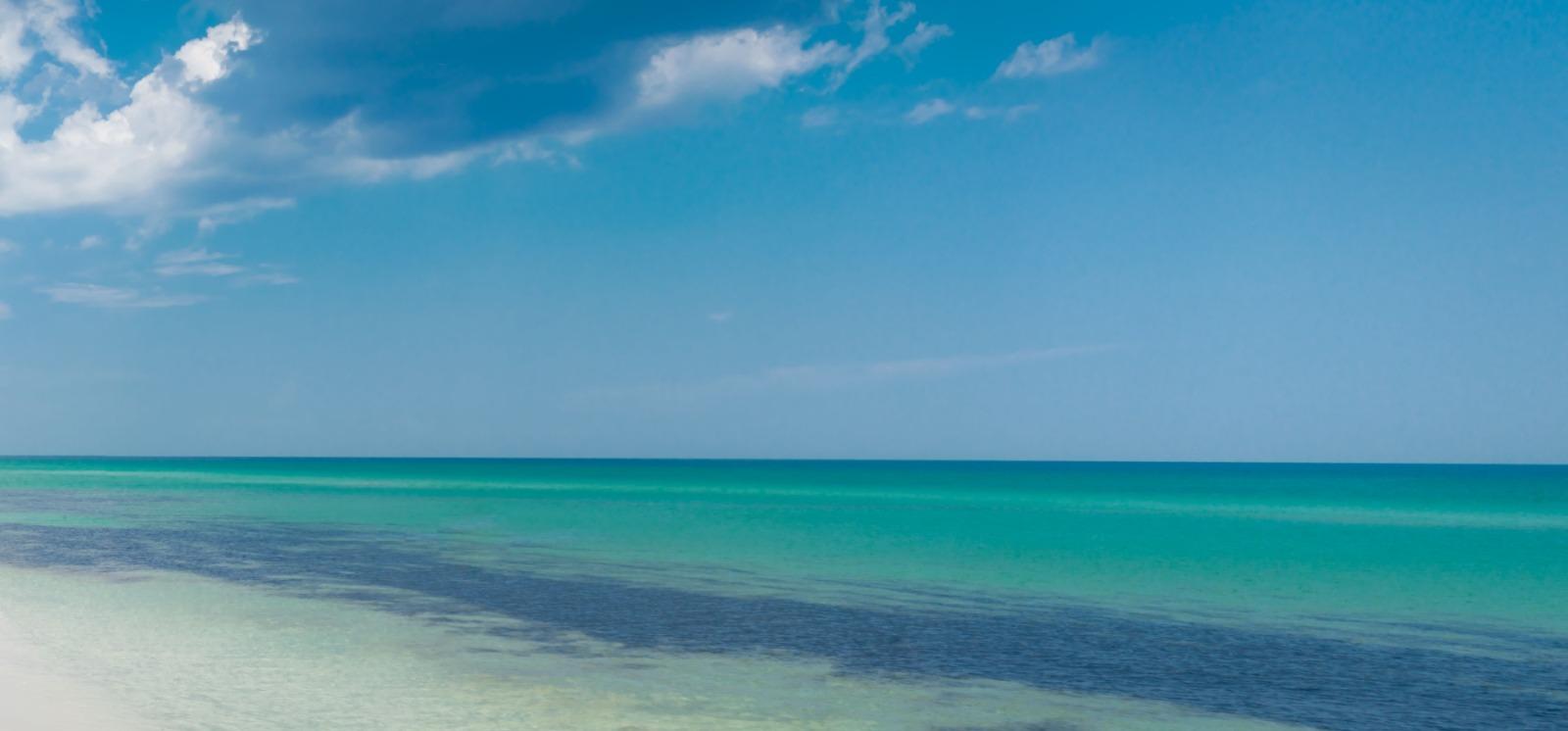
Where to Stay on The Gulf Coast
When you choose Gulf Coast Getaways for your vacation rental, you're choosing quality, comfort, and convenience. Whether you're here for golf, the beach, or a little bit of both, we've got a rental property that will suit your needs. Stay close to the best courses and the beach while enjoying all the amenities you need to relax and unwind.
Check out our website to find the perfect rental for your next trip to Pensacola Beach or Navarre Beach.

